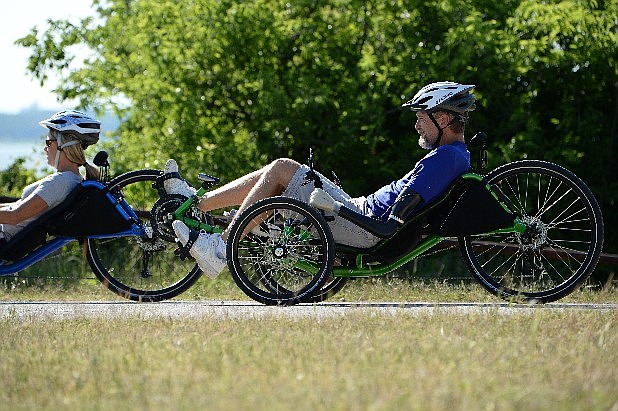'Utah Arm' made by Chattanooga-based Fillauer Cos.
Friday, October 25, 2013
 The Utah Arm, manufactured by Chattanooga-based Fillauer Cos., was recently featured as part of the so-called "World's First Bionic Man." The arm, which has been made in various forms for 30 years, allows patients to interchange various parts from other manufacturers, creating a true plug and play limb.
The Utah Arm, manufactured by Chattanooga-based Fillauer Cos., was recently featured as part of the so-called "World's First Bionic Man." The arm, which has been made in various forms for 30 years, allows patients to interchange various parts from other manufacturers, creating a true plug and play limb.For decades, movie directors have dared to dream for years about the melding of man and machine in films like "Robocop," "Blade Runner" and "Battlestar Galactica." That dream moved one step closer to reality this month thanks in part to the efforts of Chattanooga-based Fillauer Companies.
Fillauer produces the robotic arm used in the "World's First Bionic Man," which appeared on the "Today" show in mid-October. In spite of the name, it's not actually the world's first bionic man, scientists say. Every few years, groups get together and attempt to build a robot with human characteristics. What's notable about this effort is that nearly all of the pieces are in production right now -- they're not prototypes from a lab.
The arms, which are made in Utah have been around for 30 years, are now manufacturerd by Fillauer, and represent the the next evolution of the pairing of man and machine, said Harold Sears, president of Fillauer's motion control division.
"We have deliberately made the arm so that it can interface with other people's hands, so you've got a plug-in approach," Sears said. "That's done every week in our industry now, where you can use parts from different manufacturers to make an arm."
The bionic man that appeared on TV sported a human-looking face, but it will be a long time before the rest of the body will become indistinguishable from a unmodified human body, Sears said.
"It's a big stretch to call it a working bionic man," he said. "It can't really walk."
Though Researchers are always creating more varied, capable and expensive oprthotics and prosthetics for amputees, efforts to build a true bionic man could slow down due to the cost of medical reforms going on today, Sears said. Changes and cuts to Medicaire reimbursement, and similar changes across the insurance industry are forcing some patients to pay for items themselves, which drives them toward less-expensive options.
"Medicare, which sets the standard for insurance compnaies too, is getting more restrictive instead of more inclusive as far as new technologies go," he said.
